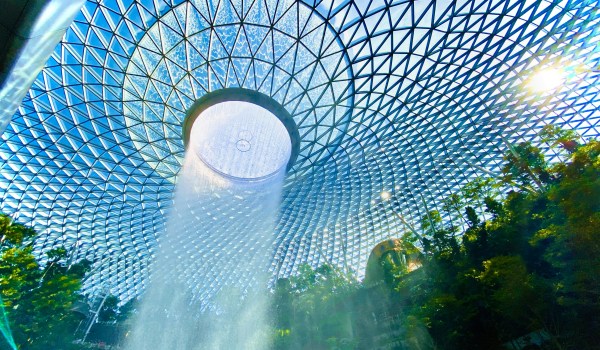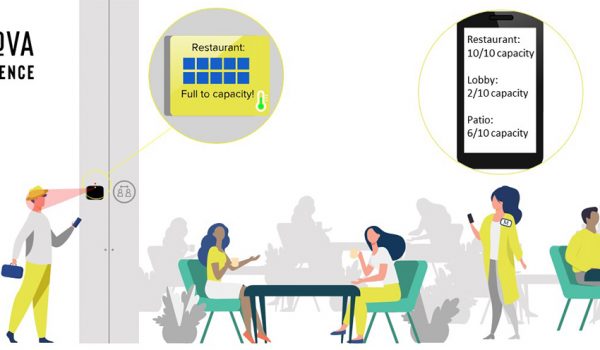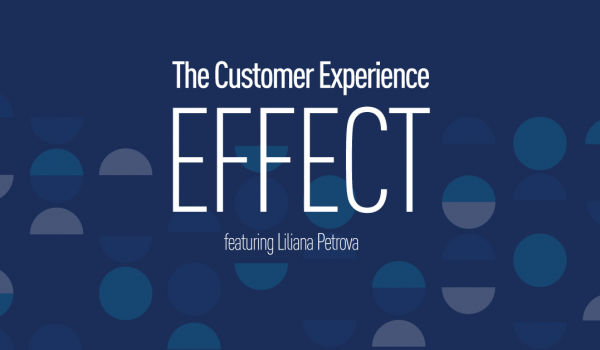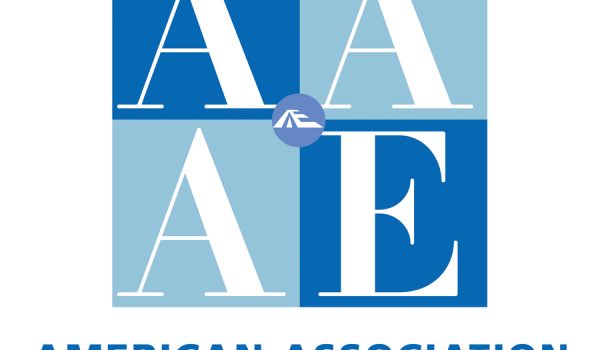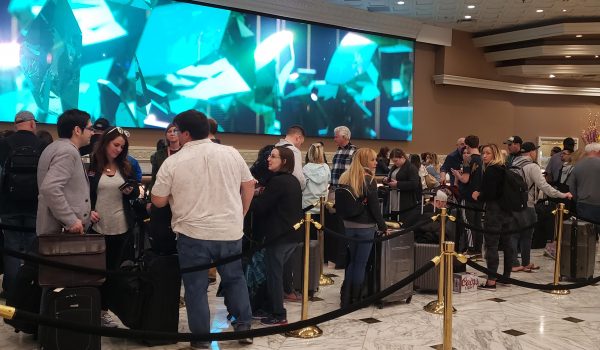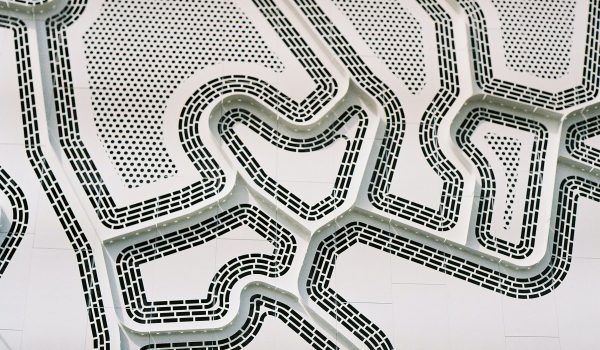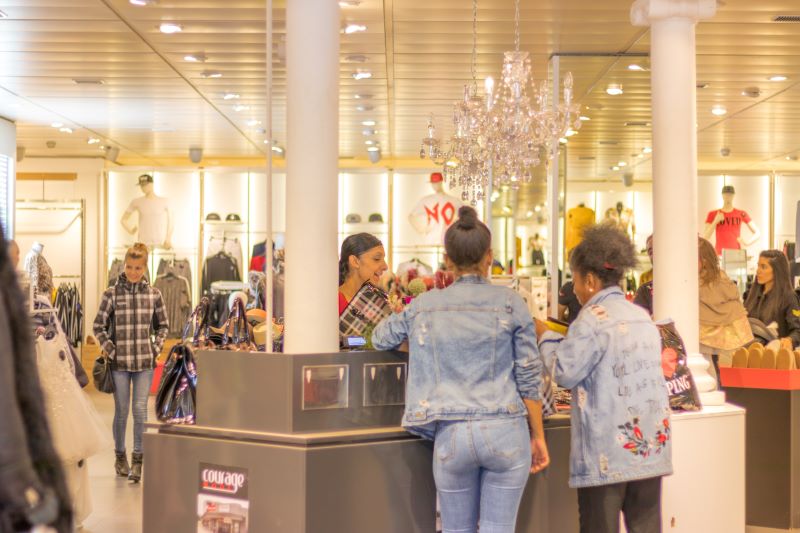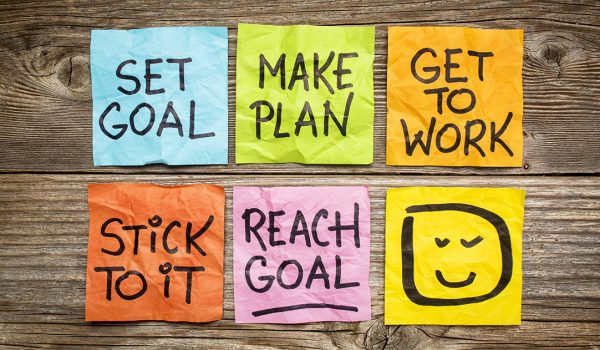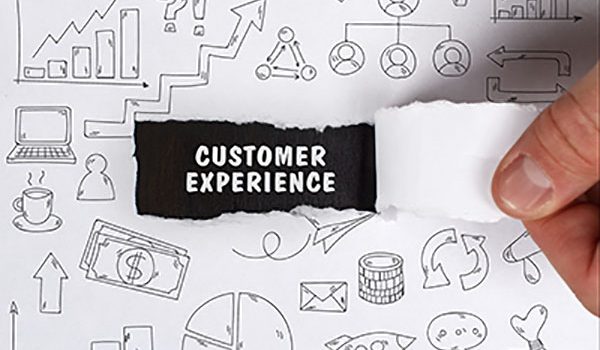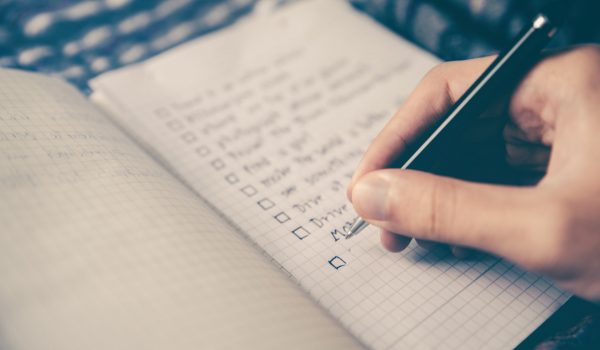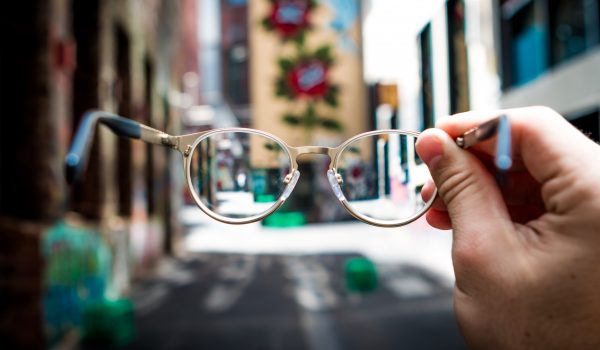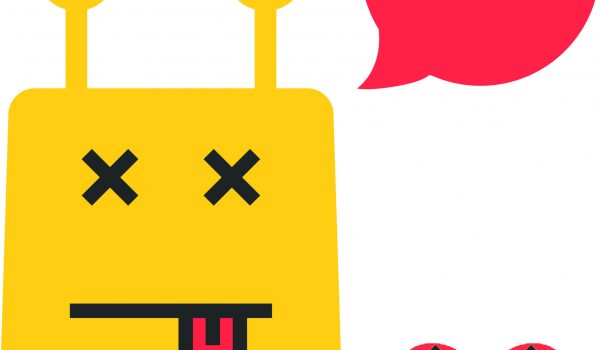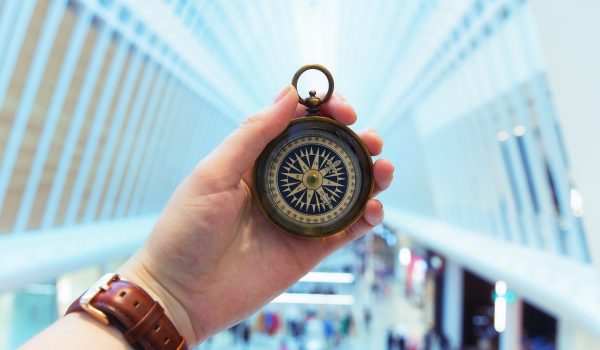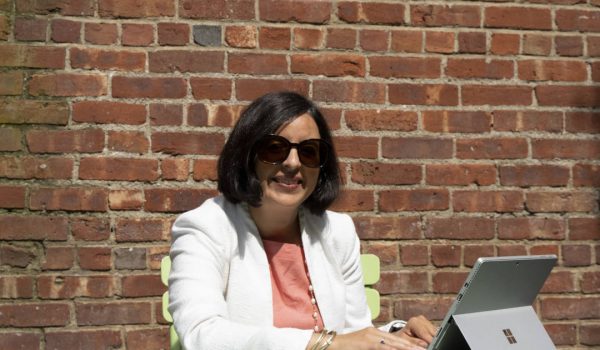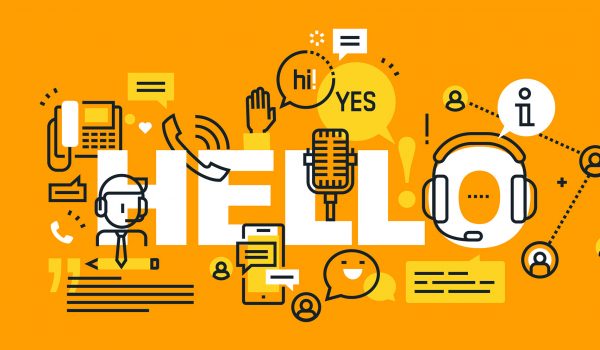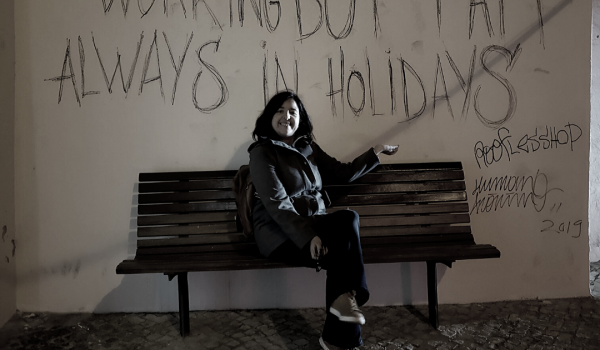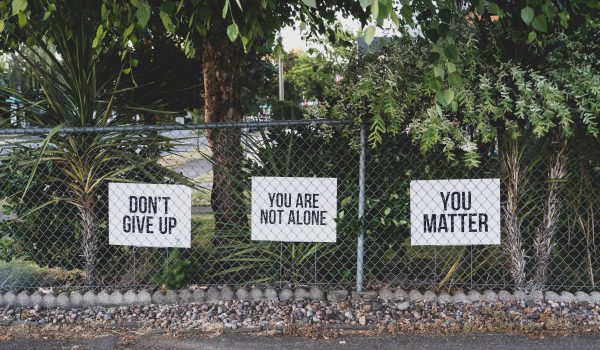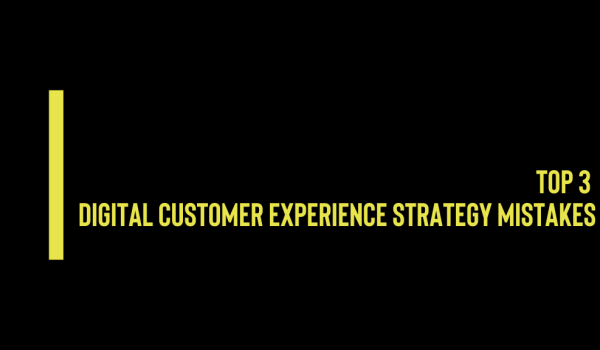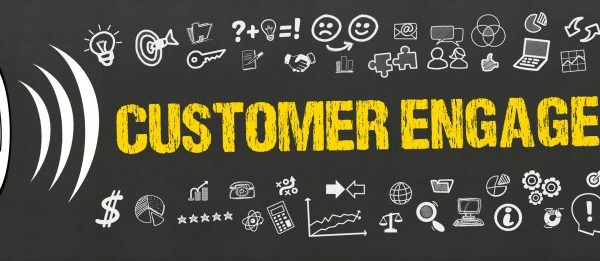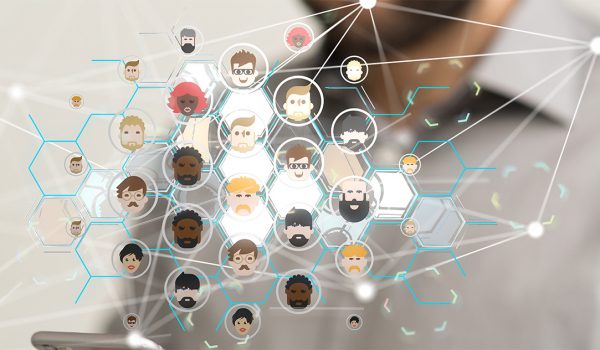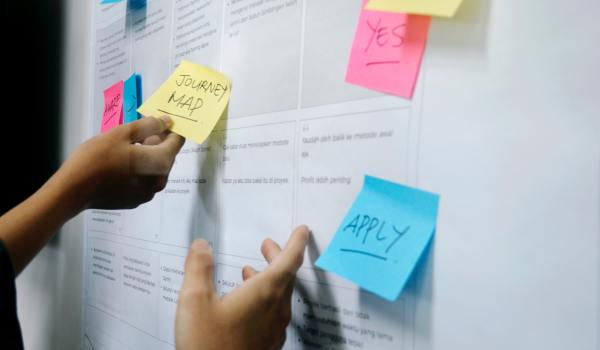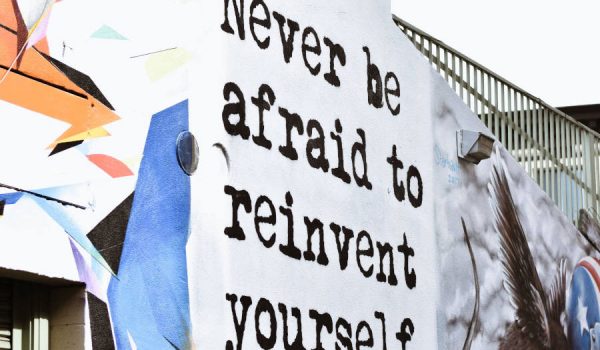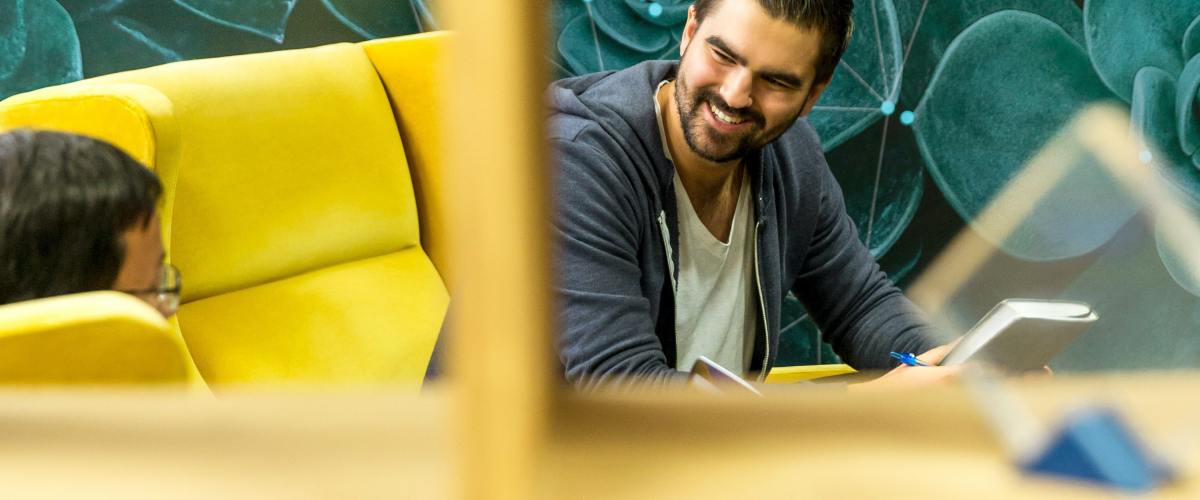
The in-person work office design that will bring your employees back
According to PwC 95% of company executives still believe employees need to be in the office to maintain strong company culture. Like we have said before, the return to office and in-person work office design is not only about communications, processes and technology. The future work ecosystem also depends upon the design of the office physical space that accounts for the changing needs of the workforce. We hear a lot about the shrinking office footprint, but not enough about what companies are doing with the space they have.
Today’s remaining office space is depressing. It is empty and feels like a ghost town. No wonder people are not coming back, or feel disconnected when they do. How do design office space of the future to incentivize people to come back and improve experiences when they do? The answer is not surprising – with empathy and new employee needs in mind.
Redesign in-person office spaces with employees in mind
The needs of your employees have changed now that we have moved from the traditional 9 to 5 structure. The origin of office design mimicked factories, focused on optimization. In the early 2000s, we talked about square footage capacity, cost per cubicle, and overall work efficiencies when we designed work spaces. No CFO would allow us to use square footage inefficiently. Today, in-person office design must move away from this approach. You are no longer designing your office to meet your company’s bottom line. Rather, you are designing spaces to meet your employees’ needs so that they can sustain your culture in the next decade. This mindset shift will differentiate culture winners from culture losers in the future.
To your employees, office space is now about making connections, networking, and, perhaps, picking up a soft skill. To you, the leaders, the in-person office space is one of the strongest tools in your culture toolbox. It has the potential to can create a sense of belonging to your brand and mission. That same sense of belonging leads to higher employee retention of your A-players (high performers). So, what does this mean in practical terms? At a minimum, you need to create spaces for all-hands meetings, with ample light, reliable microphones, and sufficient space for all your employees to attend comfortably. And don’t forget to serve employees food and drinks.
We often hear the multi-purpose use in in-person office design. What does that mean? Think about your office as a space that facilitates different kinds of employee experiences. It should welcome someone to sit down on the way to a meeting and do something quickly on his/her computer. Think of a phone booth-style space where people can have a quick personal call. Consider lounge areas with a screen (no cables!!) for wireless projection, so your teams can have quick pow-wows. In this context, today’s office design is also about optimization. But a new kind of optimization. It is about optimizing employee collisions.
What is a Collision?
Collision is a term coined by the late CEO of Zappos, Tony Hsieh. It was the cornerstone of his legendary employee experience design, organizational culture, and integral to the design of Zappos’ office space.
Collisions are serendipitous personal encounters, as defined in Daniel Coyle’s book, The Culture Code. They are the lifeblood of an organization, and key drivers of creativity, community, and cohesion. All essential components of effective organizational cultures that build loyal employee teams.
Creating collisions is about more than designing the in-person work experiences themselves. It is about designing a physical space that encourages individuals to interact with each other and to want to stop and spend time together. This means design choices like a single entrance to the building or an internal winding staircase. Even wider hallways are “collisionable spaces,” because they give people enough space to interact with each other comfortably.
The Process of designing the in-person work office experience
The biggest mistake we see organizations make today is applying the same approach they had in the last 50 years to contemporary office design. You cannot achieve new results with old processes. Your facilities managers can design your in-person experience of the past. They are not close enough to your mission and culture to communicate it to your design/build subcontractors.
To create a high-purpose environment, you must communicate your organizational culture, and the in-person interactions you want to foster, to your developers and architects. Without this strategic guidance, your partners are working blind. Or worse, your facilities managers are managing the construction focusing on timelines, rather than employee experience. Do not undermine the negative impact this wrong approach has on return to the office. We see the damage first hand.
This is how you get a college campus with no refrigerator for the administration staff, or a new ophthalmology facility without a break room for physicians. To get different design output, change the owner of the project vision and embed experience designers on the team.
You have to treat your employees the way you treat your customers. First, ask yourself what you want to achieve with the office space. Then start the design process.
Aim for the Stars
Brands with effective organizational cultures go the extra mile in office experience design. They do not stop at the big design decisions but also look at the fixtures and textures of their offices. Gensler’s San Diego office space has a living room collaboration area, JetBlue Airways had the collaboration areas that we called “Parks” at each corner of the floor. Those multipurpose areas foster collaboration in the day-to-day. Think of these areas as micro moments that generate collisions and the feeling of wanting to be in the office.
Speaking of floors, an office space with fewer, bigger floors creates more opportunities to see each other and thus communicate with each other. It is much easier to walk down the hall to align with someone than to take an elevator to another floor. According to the Allen Curve, and MIT research project from the 70s, we send 4x more emails when we sit within 8 meters of our colleagues, and we complete projects 32% faster.
Last month we conducted a client employee experience survey that asked 400 + employees about their ideas for improved employee experience post-covid. Our client expected to receive many comments about inflation and better pay. Although this topic made the list, the comments about the office culture and the desire to network, learn, and socialize in person were two times more than those about compensation. In fact, culture and connection accounted for 34% of all comments. In other words, employees WANT to come to the office in-person.
But they don’t want to come back to the pre-covid in-person work space or experience. What is the difference? Now, they have specific needs that the in-person workday or activity must meet. This is an important distinction when we speak about in person office design. In designing office experiences of the future, you need to give your employees the WHY. Why come in person? Why is in-person work a healthier, more efficient, more enriching experience than work-from-home?
Socialization and Connection
In defining the why for employees, we come back to collisions. This is how the big ideas flow! Socializing breeds conversation and collaboration. Think cocktail hour on the rooftop. An experience like this makes you stop and enjoy the people you work with. It keeps you from feeling like going to the office is an inconvenience. Instead, it becomes a welcoming place.
On a recent episode of The Gensler Design Exchange Podcast, designers and clients spoke about the flow and the texture of office spaces. Podcast guest Liz Stern, managing partner of Mayer Brown’s Washington, D.C. office, says “the office has to send a statement [to employees] that we value you and we want to connect with you.” They worked with Gensler to do that by transforming part of their top floor into a cafe, and adding a winding staircase to a rooftop terrace.
Gensler talks about this as “turn[ing] offices into a destination, rather than obligation.” Offerings like breakfasts and lunches help to turn the office into a destination. Employees look forward to this time with their colleagues, and begin to plan their schedules (and their trips into the office) accordingly.
Multipurpose Office Environments that Compete with Home
Today’s office experience competes with the at-home work experience. That starts with food options and fitness centers, and it extends all the way to furnishings and fixtures. These are no longer nice-to-have features. They are differentiators.
Since you are competing with home, your office needs to be MORE comfortable than home in ways that home cannot. Perhaps provide extra perks (and moments of pampering!) that home does not offer. Curation happens when your space is designed to facilitate the activities that you want to happen. These activities include moments that enhance employee wellness and comfort.
Certainly, this is not easy, or inexpensive. As Bob Pinkard, of The Pinkard Group, shared, for new in-person experience design, you need to “take some risk and go for it, because you will differentiate yourself.” At the end of the day, it is the company that needs to take the return to office risk, not the employee. When you take the risk to invest in a desirable environment, your employees will feel safe to come back in person.
The business case for a new design of your in-person work place is your employee’s efficiency and engagement. Do not postpone that investment!
Define your in-person office needs, and get started designing the office experience of the future with us.





